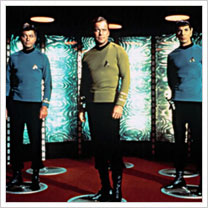

No one, not even Trekkers, can ever forget Captain Kirk’s famous catchphrase, “Beam me up, Scotty,” which, despite its popularity in science fiction culture, was never actually spoken in The Original Series.
Nevertheless, virtually every Star Trek episode featured the site-to-site transporter: teleporting an away team to a nearby planet, landing Jem’Hadar shock troops on the Defiant after their shields were brought down, or even in a desperate evacuation attempt to rescue a whole population from an advancing armada of Borg cubes. It is one of the few technological themes of Star Trek that distinguishes it from similar science fiction series, like Babylon 5 or even the Star Wars movies; while transporter technology is certainly an interesting quirk of Star Trek and it holds promise for a future society graced by the fortitude of scientific knowledge, is it truly possible to teleport someone through space and making him/her reappear in a different location almost instantaneously?
The transporters of Star Trek have consistently been described by characters on the shows as being a device that converts matter into energy and back into matter; more specifically, the precise arrangement of atoms and molecules at the quantum level in an object (say a human body) are stored into a computer program or a transporter buffer, then the transporter disassembles the molecules and converts them into pure energy. The energy is sent to a different location where it is assembled back into matter using the information stored in the transporter buffer to put “humpty-dumpty back together again,” with all the right atoms in all the right places. Unfortunately, analyzing the credibility of transporters is much more difficult than it was for faster-than-light travel and cloaking devices because no one has really devoted as much time and effort to the theory and experimentation of teleportation (mainly because our technology simply isn’t good enough…yet). Therefore, my analysis will be limited to mass-to-energy conversion and information sciences as we understand them today.
The Breakdown
When transporting a human person, for example, one must be able to take apart the person atom by atom, transform those atoms into energy, and put the atoms back together in a different place. The replacement of these atoms and molecules in their appropriate orientations is crucial to a successful transport; otherwise, this would happen:
The information required to build a human body (not the genetic information as derived from DNA, but rather the information required to locate every quantum particle in the body) is equal to around 10^45 bits of computer information, a 1 followed by 45 zeros. In order to store this amount of information in a digital format with which to recreate the human body from scratch, one would need at least 190 million, trillion, trillion computers (assuming a hard disk space of 640 GB).
That is a lot of computers, but perhaps in the future, technology will allow us to compact information much more easily. The problem here is not our given level of technology, but rather the physical laws that govern the quantum mechanical world, which is why the physics of transporters are a little harder to reconcile.
The Heisenberg Uncertainty Principle states that it is impossible to determine both the position and momentum of a quantum particle, such as the electron, regardless of any technological ability to attempt such determination. One can precisely locate all the atoms and subatomic particles in the human body, although their energy levels, momentum, and electron spin states are much more difficult to determine. Conversely, one cannot precisely determine their locations after having determined the momentum of each electron. It is necessary to know BOTH in order to correctly reassemble the quantum particles in their original momentum and locations in order to appropriately rematerialize a human being. It follows from this conjecture that transporting a human is impossible without changing the laws of physics…unless you have a Heisenberg compensator, the sci-fi gimmick employed on Star Trek to circumvent quantum mechanics and ignore the Uncertainty Principle in order to use transporters. Is the concept of a Heisenberg compensator even plausible? The only answer is: NO, NO, NO, and NO!…but it’s a good effort.
The next technological feature of transporters is disassembling a human being at the quantum level and converting all the matter in one’s body into pure energy. Technically, scrambling the molecules in one’s body is no different than killing the person; putting the quantum particles back together to reform the body is, for lack of a better word, resurrecting a dead corpse. This begs the questions: does the transporter actually kill the person being transported, and if so what comes out at the other end, a perfect clone of the transported person or a dead body?
In this excerpt from an episode of The Universe, scientists evaluate the transporter technology and whether or not transporting a human actually teleports him/her from one place to another or if the person is killed and replaced by a “perfect quantum replica.” There is no need to watch the entire episode, though it’s very informative and entertaining; from 4:06 to 5:00, scientists discuss how the transporter may theoretically kill the person being transported, then “resurrected” after rematerialization.
Notice that the episode is titled “Science Fiction and Science Fact”; to those wondering, this was the first time I had seen this episode and the resemblance between this episode and my web series (Science Fiction OR Science Fact) is purely coincidental.
For all intents and purposes, let’s assume that successfully scrambling the molecules in one’s body and converting that person into pure energy doesn’t kill him/her and that one can feasibly determine the precise location and momentum of quantum particles in the human body (which is impossible, by the way). In order to transform someone into pure energy, one must make use of Albert Einstein’s famous relativistic equation:
![]()
![]()
which states that mass (m) and energy (E) are equivalent via the square of the speed of light (c^2). When one converts a human body weighing 200 lbs (or 90.7 kg) into pure energy, the energy is equal to the body’s mass multiplied by the square of the speed of light. For a 200-pound body, mass-to-energy conversion would generate approximately 8.17 x 10^18 J, which is an amount of energy equivalent to 130,000 times the destructive power of the atomic bomb dropped on Hiroshima, Japan during World War II. Even if scientists and engineers could ever develop technology with the ability to convert mass into energy, transporting multiple groups of humans and heavier objects may overload computer circuits.
Assuming future technology can handle the amount of energy, the energy would have to be transferred to photons (wave-like particles of light composed of “mostly” energy). This requires the use of an additional equation, this time from quantum mechanics instead of relativity:


where E is the energy of a photon, h is Planck’s constant, c is the speed of light, and λ (lambda) is the wavelength of the photon.
Assuming mass can be converted into photonic energy at 100% efficiency, one can determine the wavelength of the photon that carries this energy from one location to another at the speed of light by algebraically rearranging the equation to solve for lambda. The wavelength of the transporter beam is about 2.4 x 10^-44 meters. To put this into some perspective, the most powerful form of electromagnetic radiation currently known to exist are gamma rays (the type of radiation produced by nuclear reactors) with a wavelength on the magnitude of 10^-12 meters, which is 32 magnitudes of 10 weaker than the transporter beam; anything with a shorter wavelength, higher energy, is not yet known to exist.
Photons produced by our transporter would be so powerful that they may actually disintegrate “anything” in its path, which shouldn’t be surprising considering we converted 130,000 atomic bombs into a stream of light. A ship-to-ship transport might actually destroy the receiving space vessel, including the person or persons being transported. In hindsight, even if transporter technology is not applicable, at least we know how to make a very powerful ray gun.
Until scientists can ever develop the means to safely handle this kind of energy (which is unlikely, though not impossible), the future of transporter technology is looking very grim right about now.
The Final Verdict
Did someone forget to boost the carrier wave on that transporter signal? Because the only thing I got on my end was Science Fiction. Unfortunately, this rating was determined on a lack of scientific information regarding the mechanisms and theory behind transporter technology; any conception of a plausible transporter device requires much more work and theorizing before it can become a reality. By our current understanding of physics and information sciences, the concept of the Star Trek transporter does not seem realistic. Nevertheless, this doesn’t negate any possibility that transporter technology will be made available at least in the far future.
Quantum physicists are working on a physical phenomenon known as quantum entanglement. Experiments show that when photons are released from an energy source, then split off into two more photons, each new photon has the same, but opposite, physical properties as its respective, co-dependent photon.
Quantum entanglement is a phenomenon of quantum mechanics to which Albert Einstein referred to as “spooky action at a distance.” One of the far reaching implications of this observation is that two different particles created from the same source can interact with one another, even when separated by light years. Here is a fun video describing quantum entanglement:
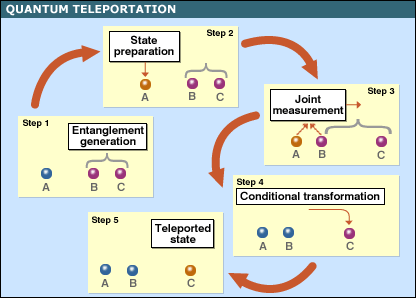

As a biochemist myself, I am not the final authority on transporter technology. In my opinion, the ability to teleport one through space is not impossible, but I must be conservative in science and maintain the contention that it probably won’t happen. I leave the final say in the matter to Professor Lawrence Krauss.
Tom Caldwell is upperclassman at UCLA, currently investigating functional kinases that down-regulate muscle growth and studying biochemistry with a career goal of earning a Ph.D. in molecular biology



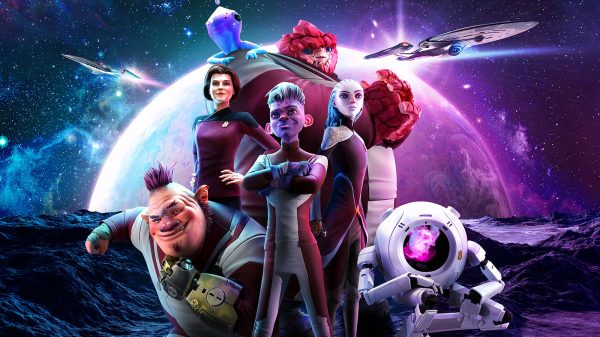
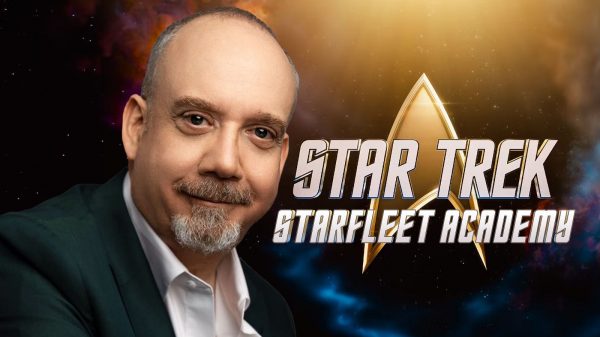







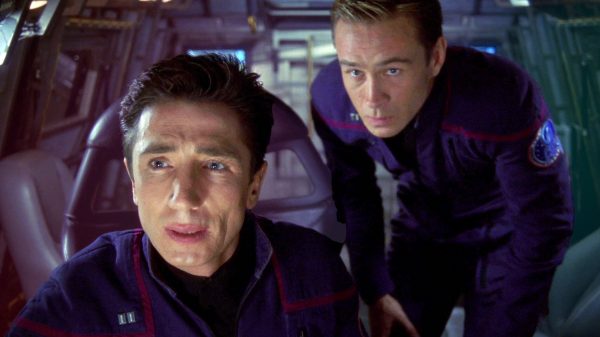


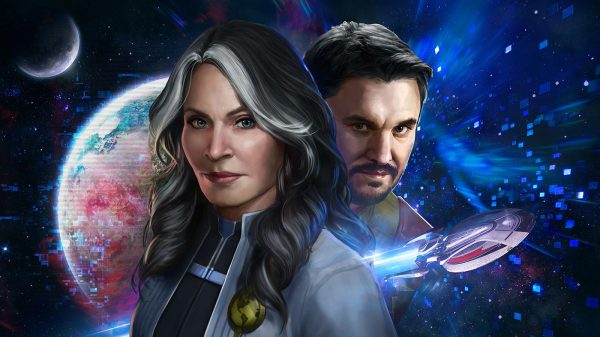


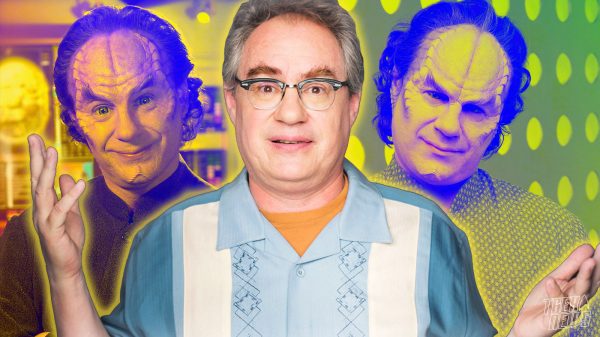
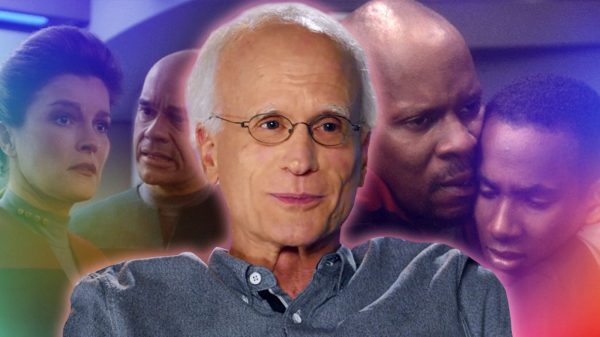







![2023: A banner year for Star Trek — here’s why [Op-Ed]](https://treknews.net/wp-content/uploads/2024/01/star-trek-2023-year-in-review-600x337.jpg)





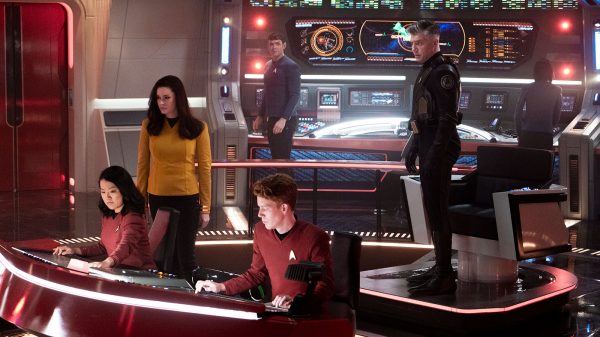






![[REVIEW] STAR TREK: SHORT TREKS "Children of Mars": All Hands... Battlestations](https://treknews.net/wp-content/uploads/2020/01/review-star-trek-short-treks-children-of-mars.jpg)
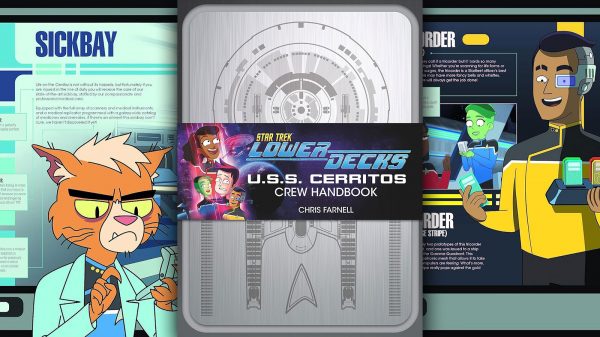
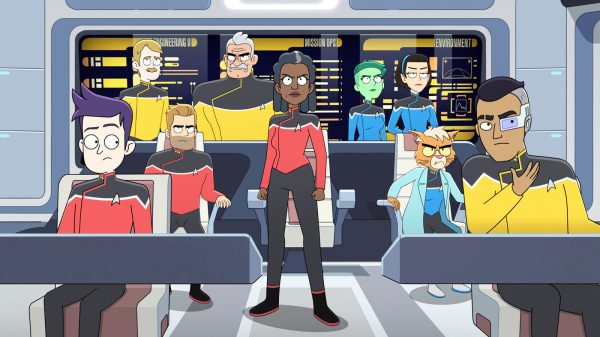
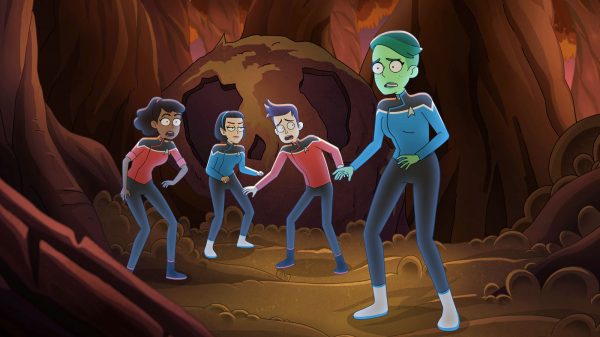


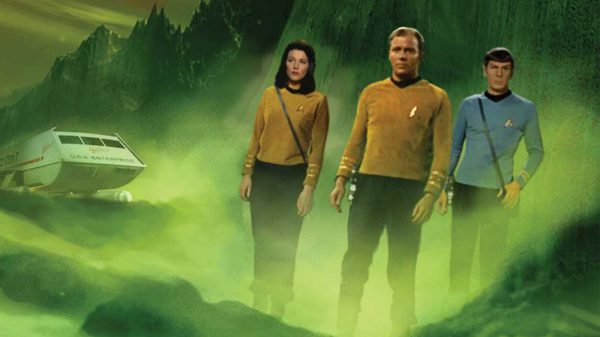





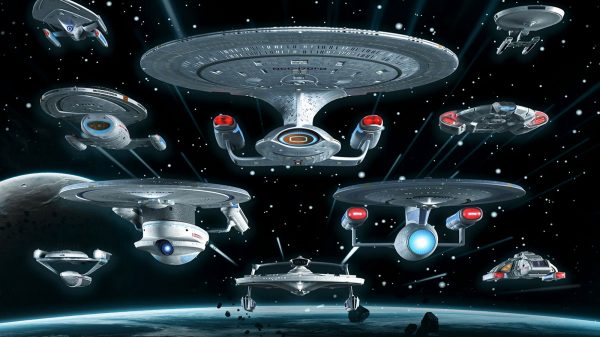
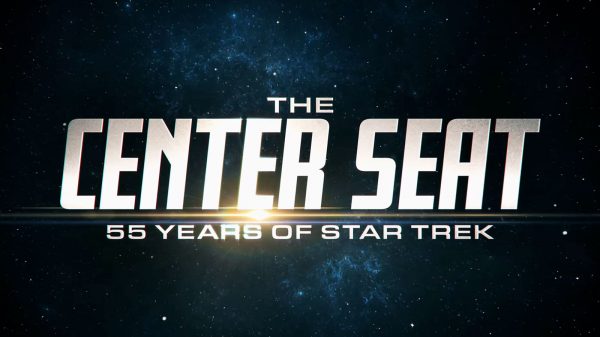



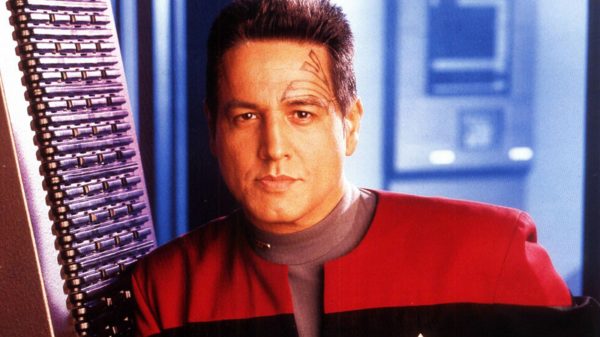









Julian
July 25, 2011 at 5:35 pm
Hello Tom.A very informative, educational, and fascinating topic on the transporter in Star Trek! I must admit that out of all the technologies depicted in Star Trek, the transporter was the only one I’ve always found to be an impossible pill to swallow. Nonetheless, I have a few questions on the subject:1. You mentioned that the Heisenberg Uncertainty Principle makes the transporter impossible because it can’t reassemble the atoms of a person, so is this because the Heisenberg Uncertainty Principle is a law of physics?2. Will the Heisenberg Uncertainty Principle always be impossible to overcome, no matter how much we will technologically advance in the future?A friend of mine who is also a physicist has told me that the fact that the Heisenberg Uncertainty Principle exists is what makes things like radios, tvs, and computers possible.3. So, let’s say for the sake of argument that if the Heisenberg Uncertainty Principle were to be overcome, does this imply that all of the aforementioned electronic gadgets would cease to exist?4. Does this also imply that the Heisenberg Uncertainty Principle ensures our survival?And lastly, I’m no physicist, but I have an interest in studying it soon, but anyway, I was particularly interested in what you had to say about what would happen to a person if you were to convert him/her into energy and reverse the process. I would imagine if a person were to be converted into energy such as gamma rays, it would kill that individual because it is deadly and if you were to reverse the process, it would create a clone.5. What do you think?Best regards,Julian
Tom
August 3, 2011 at 5:39 am
Hi Julian. You bring up many good questions. So let me answer them in order to the best of my knowledge. 🙂
1. The Heisenberg Uncertainty Principle states that it is statistically “improbable” to detect BOTH the location and momentum of a quantum particle (i.e. electron, photon, positron, etc.). So we could theoretically pinpoint the location of every single cell, molecule, down to their individual atoms and quanta, but their momentums would change as a result detecting the particles. Conversely, one could theoretically identify the momentum state of a quantum particle, but in doing so their locations will have changed. This has to do with the “weirdness” (for lack of a better word) of quantum mechanics. Electrons appear to jump and fall to different orbitals without actually moving, and they do so instantaneously. This is the premise of the uncertainty principle: we cannot identify precisely both the location and energy state of a single quantum particle, but that doesn’t mean we can’t come pretty close. Molecular Orbital Theory allows us to determine the spin states, general location, and the momentum of electrons to a certain degree of accuracy; scientists can use it to predict molecular structures, but that’s beside the point. We can loosely identify the location of an electron to a region of space (termed electron orbitals or shells) surrounding the nucleus of the atom. We know an electron exists within a single, well-defined orbital and we can also determine its momentum (but to a lesser degree); beyond that, we cannot precisely pinpoint the location of the electron and what its momentum is at the same time. Generally speaking, it is not necessarily a law of physics in the same sense that gravity is a law of physics, but it is a theory that holds a very strong basis in fact and observation. It is highly unlikely to be overturned no matter how sensitive we make our instruments and experiments. The facts of yesterday have remained the same, but are interpreted differently by different theories and worldviews (this was the fundamental operation of science for thousands of years and still is today).
2. As concluded in the last paragraph, it is highly unlikely to overturn a fact of science unless we change worldviews (i.e. paradigm shift) or the theories that are contained within, and even still the fact remains the same. To put this into perspective, it’s like saying a tree is a tree no matter where you are in the Universe, but there are different ways of looking at the same tree (i.e. looking at it from space or from up close) and each different vantage point gives you a different perspective on the observation. If you observed the tree from up close, it would probably appear massive to you and insurmountable, with a huge trunk, green leaves, and sprawling branches. If you observed the tree from space, it probably seems insignificant, microscopic, barely a speck of dust that hardly catches your eye. Regardless of how you observe the same event, the event has an objective truth. So in terms of quantum mechanics, the Heisenberg Uncertainty Principle may never be overcome because it is a fact of science, but should our knowledge of the universe improve such that it precipitates a paradigm shift, then scientists may find away to circumvent or take advantage of the Uncertainty Principle in ways we couldn’t possibly conceive. As far as TVs and radios are concerned, they aren’t necesarily applications per se of the Principle, but the Principle applies to electromagnetism as well as quantum mechanics. Plasma TVs, radios, and cell phones are all applications of electromagnetism; the very nature and interactions of quantum particles like electrons give rise to electric and magnetic field lines, which are themselves applied to transfer information through radiowaves and create high-definition images using plasma encased behind a transparent screen.
3. Assuming for the sake of argument that the Principle would be overcome, it doesn’t influence the workings of these technologies and inventions because they already work. Breaking the Uncertainty Principle wouldn’t change anything about how our technology works today for the same reason that boiling water in your kitchen doesn’t cause the cells in your body to die because they require water. All it means (if you did break the principle) is that you crossed a quantum barrier no one else has ever cross or could’ve possibly crossed, a feat deserving of the highest honors and rewards one could bestow for such high achievements in science (I smell Nobel Prize!!!!).
4. The Heisenberg Uncertainty Principle is a fact of physics and quantum mechanics; it has no bearing on the biological world what so ever. If we ever find that molecules react differently than how we think of them today, that doesn’t mean we would all die as a result. Our bodies, cells, biomolecules, and self-replicating living systems function normally and independently of what we discover or achieve in science; it has for 3.5 billion years and it will continue to do so regardless of what we do or don’t do in terms of quantum mechanics. As I’ve said before, the principle simply states that it is impossible to identify with 100% accuracy where an electron is located and what it’s energy state is. Being able to do that, if it were possible, wouldn’t destroy all life on Earth.
5. The transporter functions as a device that incinerates an object and creates a nearly “identical” copy of the original in a different location; that is bascially the result of the transporter. So really, it’s no different than killing someone and cloning them in a different place. And the person wouldn’t die because of the gamma rays, they would die because the person was disassembled molecule by molecule. The gamma ray (or any photon) is used only to transfer energy from point A to point B then converted back into matter to be reassembled into the person, molecule by molecule. In my opinion, that’s too scary a thought for my tastes. Interesting, fascinating, even awe-inspiring, but still terrifying. It implies that every person on Star Trek who has come out of a transporter is not the same person that went into it. It implies that for every person that has used the transporter 100 times, there are 100 dead people.
The wonders of science and technology are indeed numerous and there isn’t enough room or time to divulge into all of it, but learning physics is certainly humbling experience. If you’re interested in it, I would definitely recommend that you persue it in your studies. I’m sorry for the long essay, but talking about science is one of my hobbies. I hope I answered your questions. 🙂
Julian Schecter
March 5, 2012 at 1:03 am
Hello Tom!It’s been a while. How are you? Thank you for answering my questions about the transporter. After coming to the conclusionthat the transporter is impossible to create, I thought of anotherpossible method. On January 27, 1998 the UPN network aired an obscuredsci-fi tv movie entitled, “Warlord: Battle for the Galaxy” (a.k.a. TheOsirius Chronicles) which takes place several centuries from now wherehumanity has become a space faring civilization. See the link in whichI wrote an extended synopsis at wiki:https://en.wikipedia.org/wiki/The_Warlord:_Battle_for_the_Galaxy.Anyway, there is a scene in which a motley crew on board a starshipthat has to teleport from their starship to the inside of a building.It is mentioned that in the past, an older and primitive teleporteroperated by separating and reassembling the atoms of people (soundfamiliar?) but there were too many accidents. And now, an advancedteleporter which is known as the “multi-spatial transverse system”works by bending and folding the space around the people traveling init and any attempt to step out of it while in operation and theresults would be most unpleasant. One minute they were in the insidebridge of their starship in orbit around a planet and the next theywere on the planet and inside of a building on a specific floorwithout punching a hole through walls and ceilings. Is this type ofteleporter possible, at least in theory?Julian